Part of a series of articles titled Curiosity Kit: Ida B. Wells.
Article
Places of Ida B. Wells-Barnett
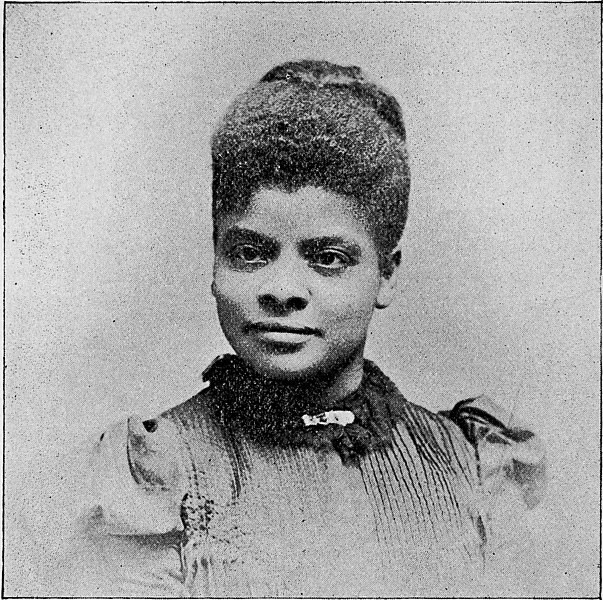
Ida B. Wells came to fame as an anti-lynching advocate, investigative journalist, and trained sociologist. During the 1890s, she wrote “A Red Record: Tabulated Statistics and Alleged Causes of Lynchings in the United States,” and “Southern Horrors: Lynch Law in all its Phases.” In these publications, Wells exposed and condemned violence against African Americans. After receiving threats due to her anti-lynching activism, Wells moved to Chicago where she continued to speak out about racial and gender inequality. Her home on South Dr. Martin Luther King Drive is a National Historic Landmark.
Wells was a tireless advocate for Chicago’s African American community. She was also a staunch supporter of Black women’s suffrage and a pioneer of the Black woman’s club movement. Because many women’s clubs were segregated, she founded the Ida B. Wells Woman’s Club in 1893. The Club promoted the “elevation of woman, home, and community.” She later created the Women’s Second Ward Republican Club in 1910 and the Alpha Suffrage Club in 1913. The Alpha Suffrage Club was Chicago’s first suffrage organization for Black women. By 1916, the Club boasted 200 members, released a newsletter, and provided critical support for the election of Oscar Stanton DePriest, Chicago’s first Black alderman.[1]
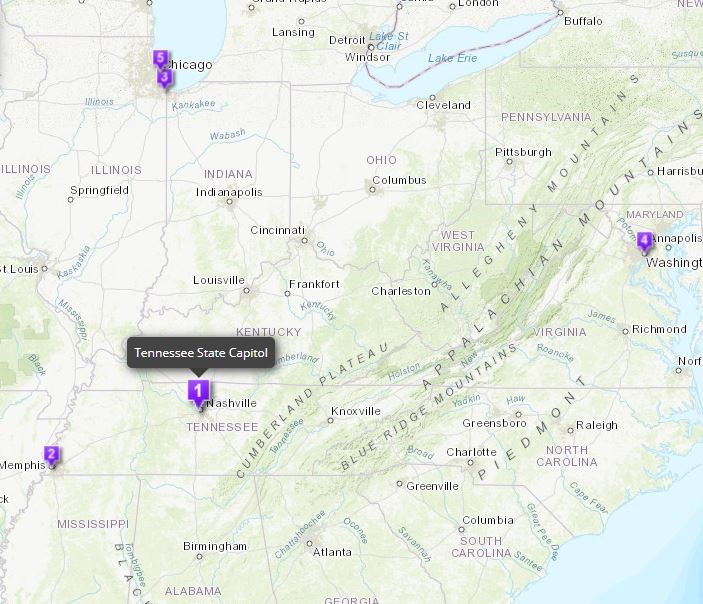
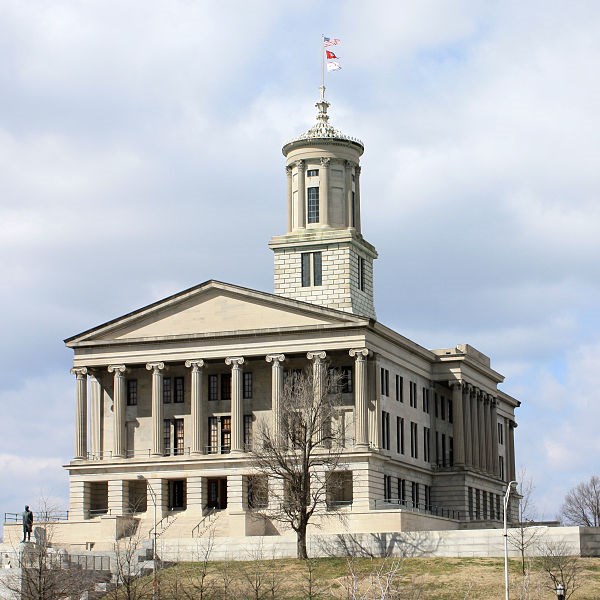
1. Tennessee State Capitol
In 1883, Wells traveled on the Chesapeake, Ohio, & Southwestern Railroad between Memphis and Woodstock, where she worked as a teacher. One night, the train’s conductor asked her to leave the ladies’ car and move to an integrated car, where a “drunken white man” was seated and men were smoking. When Wells refused, the conductor and two white passengers forcibly removed her. She recalled that as the conductor, “tried to drag me out of the seat…I fastened my teeth in the back of his hand.” Wells sued the railroad and won a $500 settlement from the circuit court. In 1885, the state Supreme Court overturned the ruling. The Tennessee Supreme Court assembled in the State Capitol building until the state Supreme Court building opened in December 1937.
The State Capitol building was listed in the National Register of Historic Places in 1970 and designated a National Historic Landmark in 1971.
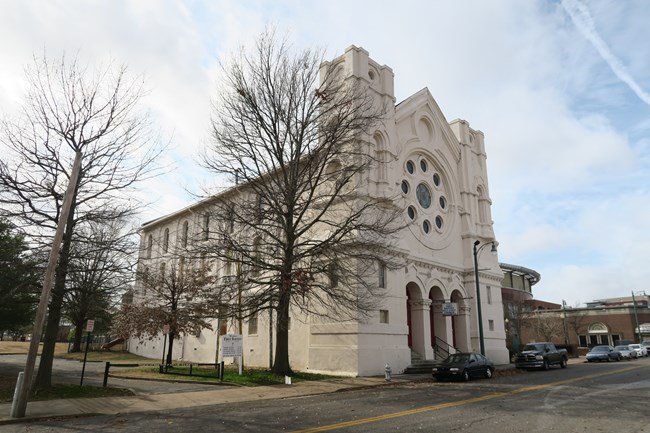
2. First (Beale Street) Baptist Chapel
The First (Beale Street) Baptist Chapel hosted the office of The Memphis Free Speech, later called the Free Speech and Headlight. Writers for the newspaper openly criticized racial inequality in Memphis. When Wells joined the staff, she sharply condemned the lynching of African Americans, especially in cases where white women falsely accused Black men of sexual violence. In 1892, the Free Speech reported on the horrific lynching of the Black owners of People’s Grocery Store. After Wells published a scathing exposé of the incident, local white residents lashed out. A white mob ransacked the Free Speech office and destroyed the printing equipment.
The First Baptist Chapel is a contributing property in the Beale Street Historic District. In 1966, the district was listed in the National Register of Historic Places and designated a National Historic Landmark.
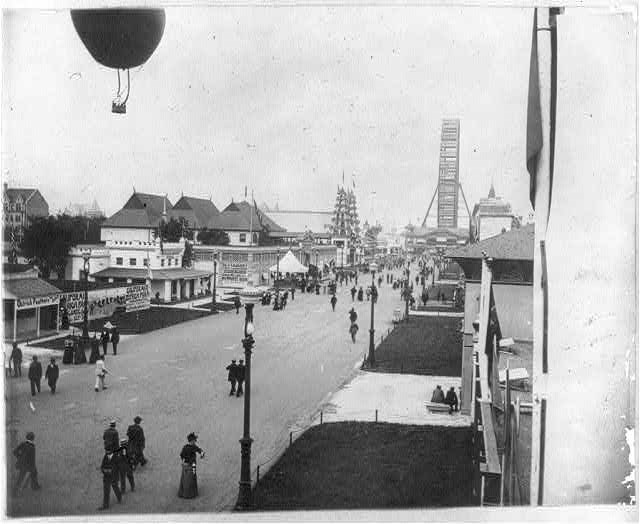
3. Jackson Park Historic Landscape District and Midway Plaisance
In her booklet, “The Reason Why the Colored American Is Not in the Columbian Exposition,” Wells publicly challenged the organizers of the 1893 World’s Columbian Exposition. Held in the Jackson Park neighborhood of Chicago, the event commemorated the 400th anniversary of Christopher Columbus’s arrival in the Americas. Exposition organizers generally excluded African Americans from the main exhibits and fairgrounds in the “White City.” Instead, the organizers showcased non-European cultures on the Midway Plaisance as racist stereotypes and relics of the past, akin to sideshows or amusements.
The Jackson Park Historic Landscape District and Midway Plaisance was listed in the National Register of Historic Places in 1972.
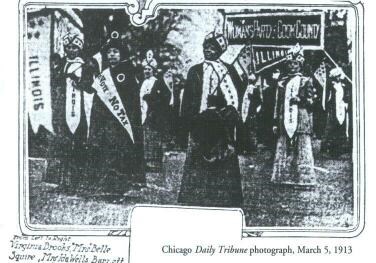
4. Pennsylvania Avenue National Historic Site
The National American Woman Suffrage Association invited “all” women to attend the 1913 Woman Suffrage Procession down Pennsylvania Avenue in Washington, D.C. Yet, white southern suffragists objected to the inclusion of African Americans. When the southerners threatened not to attend, the parade’s organizer, Alice Paul, told African American suffragists to march at the back. Letters of outrage from Black suffragists poured in; some activists staged protests. Wells was the only Black representative from Illinois. She hotly contested segregating the parade and refused. Instead, Wells waited along the parade route until the Illinois delegation passed, and then stepped out to lead them.
Pennsylvania Avenue National Historic Site was listed in the National Register of Historic Places in 1966.
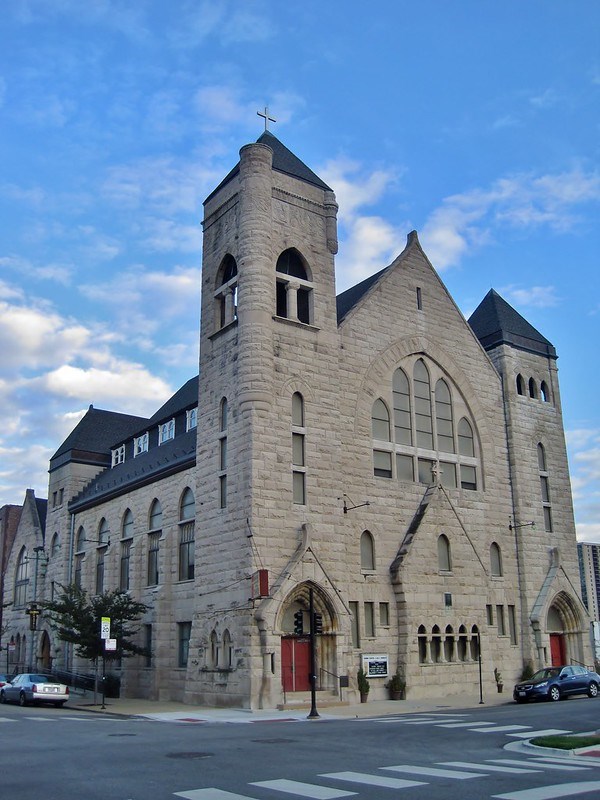
5. Quinn Chapel A.M.E. Church
On April 7, 1913, the Alpha Suffrage Club hosted its “first public entertainment” at Quinn Chapel African Methodist Episcopal (A.M.E.) Church. Quinn Chapel is home to the oldest African American congregation in Chicago. The event honored the Alpha Suffrage Club’s founders and was intended to recoup the costs of Wells’ trip to the 1913 Woman Suffrage Procession. The Club’s desire for Black women’s representation at the parade was so strong that it “made itself personally responsible for Mrs. Barnett’s expenses.”
Quinn Chapel A.M.E. Church was listed in the National Register of Historic Places in 1979.
Notes:
[1] Between 1929 and 1935, Oscar Stanton DePriest served as the only African American representative in Congress. His home on South Dr. Martin Luther King Drive is a National Historic Landmark.
Selected Sources:
Argyros, Ariadne and Kathleen Feeney. A Voice for Justice: Exploring the Life and Legacy of Ida B. Wells. Digital Exhibit. Special Collections Research Center, University of Chicago Library. Accessed August 7, 2020.
Broad Ax. “The Alpha Suffrage Club Will Give a Big Entertainment In Honor of Misses Belle Squire, Virginia Brooks, and Mrs. Ida Wells-Barnett, Three Heroines of the Suffrage Parade in Washington.” Published March 29, 1913. Illinois Digital Newspaper Collections. Accessed August 7, 2020.
Goings, Kenneth W. “Memphis Free Speech.” Tennessee Encyclopedia. Last updated October 7, 2019.
Harvey, Sheridan. “Marching for the Vote: Remembering the Woman Suffrage Parade of 1913.” American Women: Topical Essays. Library of Congress Research Guides. Edited by Laura Berberian. Last updated September 6, 2018.
Tags
- 19th amendment
- women's history
- tennessee
- illinois
- washington
- dc
- african american history
- civil rights
- political history
- washington dc
- washington d.c.
- dc history
- african american women
- art and education
- suffrage
- women’s rights
- shaping the political landscape
- author
- authors
- writers
- writer
- journalism
- women and politics
- women and education
- places of article
- places of...
Last updated: May 19, 2021
